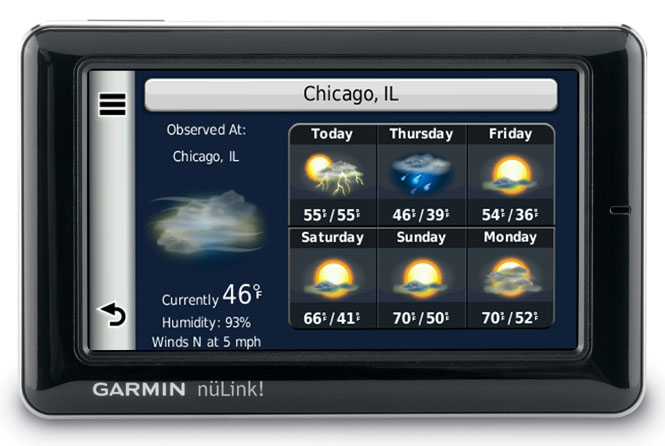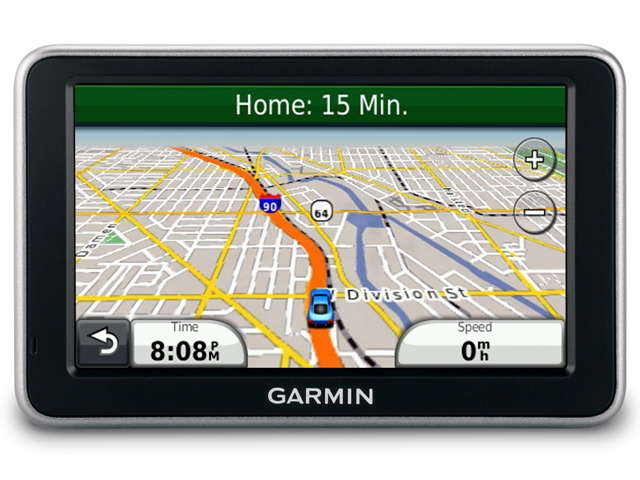GPS maker Garmin has announced a spate of new GPS systems for the end-of-year holiday season, including the high-end nüLink 1695 GPs with a 5-inch display and a wide variety of connected, interactive services, along with the nüvi 2200 and 2300 lines aimed at more budget-minded travelers looking for basic GPS functionality…plus a few bells and whistles.

First up, the nüLink 1695 replaces the nüLink 1690 in Garmin’s product lineup, and jumps out to a 5-inch touchscreen display while offering all the connected features that distinguish the nüLink line: interactive Google search, local traffic and weather, fuel pricing information, flight tracking, and other real-time information. The nüLink 1695 also rolls in Garmin’s trafficTrends and myTrends real-time route planning technologies, which recommend routes based on historic traffic patterns and remembers users’ favorite destinations. The nüLink 1695 will come pre-loaded with maps of North America, and includes Bluetooth wireless technology for hands-free calling; it should go on sale this month for a suggested price of $449.99, and comes with a year of Garmin nüLink service—after the first year, service is $5 per month.

For folks looking for a more-basic GPS, Garmin is offering up the nüvi 2200 and 2300 series, compressing six models—two 2200s and four 2300s. The nüvi 2200s feature a 3.5-inch touchscreen display and feature Garmin’s ecoRoute technology to help drivers save money by taking more fuel-efficient routes—even if they aren’t necessarily the shortest or fastest. The 2200 also features an enhanced pedestrian mode for use with optional cityXplorer map content for many major cities.
The 2300 series feature a 4.3-inch touchscreen that enables users to preview multiple routes, with various models offering Bluetooth, 3D terrain and topography displays, trafficTrends data, and ecoRoute mapping.
Preloaded maps for both series include enhanced North American coverage (including Mexico), while units with coverage of the lower 48 states now also include Hawaii, Puerto Rico, the U.S> Virgin Islands, and other Caribbean destinations. A transatlantic model—the nüvi 2370LT—features maps of both North America and Europe. Pricing ranges from $149.99 for the nüvi 220 up to $299.99 for the nüvi 2370LT; all are available for order now from Garmin’s online store and selected retailers.


